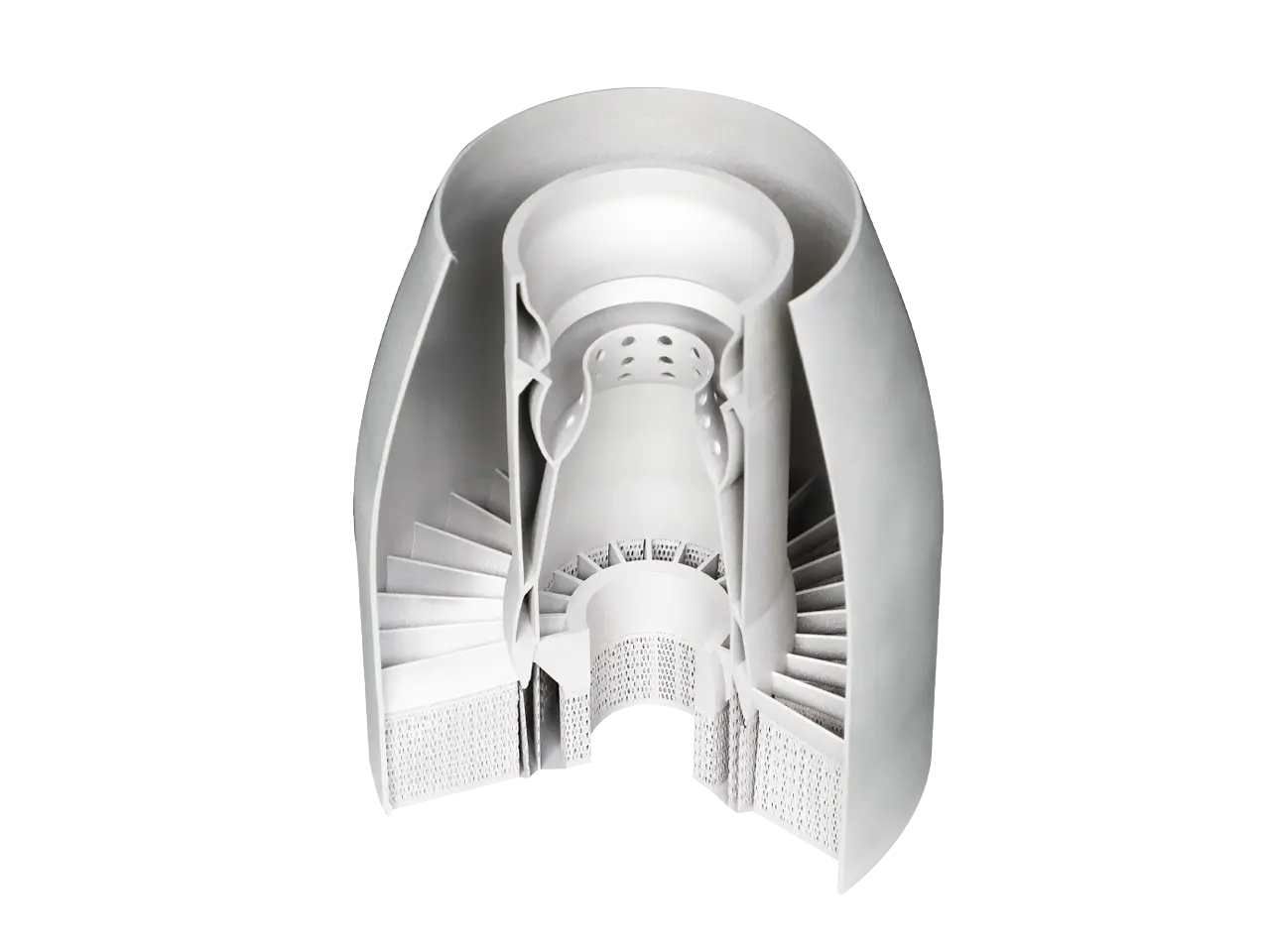In recent years, 3D printing technology has become increasingly popular, and the DIY community has noticed it. An interesting project that emerged was the DIY 3D printing mouse. This article will delve into the world of 3D printing and explore the process of creating a custom mouse using this technology.
First, a basic understanding of 3D printing must be established. This process involves creating a digital model of an object and then bringing it to life using a 3D printer. The printer reads the design and drops layers of material, such as plastic or metal, to create physical objects. In the case of DIY 3D printing a mouse, computer-aided design (CAD) software or other 3D modeling tools are required to create the design.
Once the design is complete, the next step is to select the materials and equipment needed to print. For the mouse, durable and smooth materials must be used in order to ensure comfortable use. Some popular choices for 3D printing include PLA, ABS, and PETG. The choice of material will depend on the desired characteristics of the final product, such as flexibility, strength and wear resistance.
With design and materials, the printing process can be started. This involves loading the 3D model into the printer’s software and adjusting the settings as needed. The printer will then start to drop the material layer and slowly build the mouse shape. Depending on the complexity of the design and the functionality of the printer, this process can take several hours to several days.
After printing, you need to assemble the mouse and install any necessary electronic devices. This may include circuit boards, switches and sensors. The assembly process will require some technical expertise, but there are many online resources and tutorials to guide DIY enthusiasts through the entire process.
One of the benefits of creating a custom mouse with 3D printing is the ability to adjust the design to specific needs or preferences. For example, gamers may want a mouse with a unique shape or ergonomic design to improve comfort and performance. A designer may want a mouse with a specific aesthetic or style to match its brand or creative vision.
In addition to creative freedom, 3D printing also provides cost-effective solutions for the production of customized products. Traditional manufacturing methods can be expensive and often require mass production. Using 3D printing, a single custom mouse can be produced at a relatively low cost, making it an attractive choice for individuals or small businesses.
Companies like professional rapid prototyping manufacturer Greatlight have also played an important role in the development of 3D printing technology. With Advanced SLM 3D printers and production technology, Greatlight delivers high-quality custom parts with fast turnaround times. Their expertise in metal parts rapid prototyping and one-stop post-processing and finishing services make them attractive partners for businesses and individuals looking to create complex or customized products.
All in all, creating a custom mouse using 3D printing is an engaging project that offers a range of benefits, from creative freedom to cost-effectiveness. With the right design, materials and equipment, anyone can produce high-quality customized mice to suit their specific needs or preferences. Whether you are a DIY enthusiast, gamer or designer, there is a lot to do in the world of 3D printing.
FAQ:
Q: What is 3D printing and how does it work?
A: 3D printing is the process of creating digitally designed physical objects by laying materials (such as plastic or metal).
Q: What materials can be used for 3D printing mice?
A: Popular options include PLA, ABS and PETG, which provide a range of characteristics such as flexibility, strength and wear resistance.
Q: How long does it take to print a custom mouse?
A: Printing time depends on the complexity of the design and the functionality of the printer, but ranges from hours to days.
Q: Do I need technical expertise to assemble and install electronics in a custom mouse?
A: Yes, some technical expertise is required, but there are many online resources and tutorials to guide DIY enthusiasts through the entire process.
Q: What are the benefits of creating a custom mouse using 3D printing?
A: Benefits include creative freedom, cost-effectiveness, and the ability to adjust designs to specific needs or preferences.
Q: Can I use 3D printing to produce a custom mouse with metal parts?
A: Yes, companies like Greatlight offer rapid prototyping of metal parts and one-stop post-processing and finishing services, making it possible to produce high-quality custom metal parts.
ISO 9001 Factory




